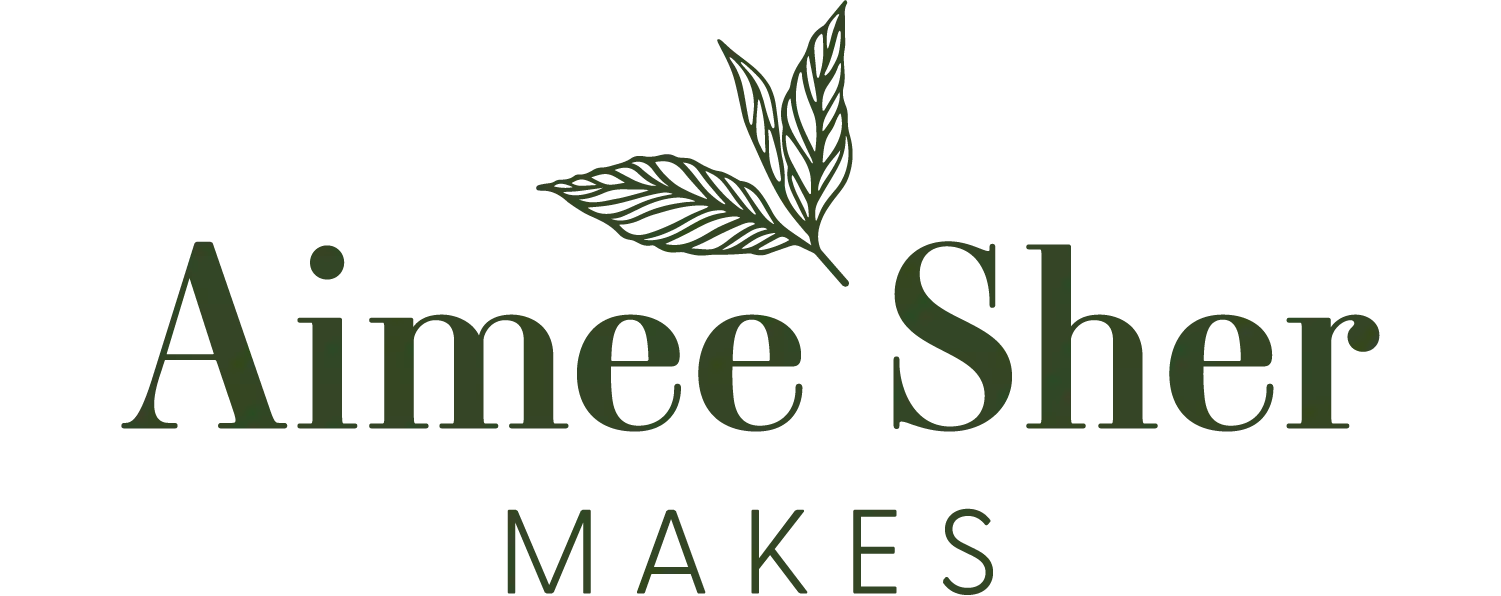Article: Why designer pay is a justice issue. Yes really.

Why designer pay is a justice issue. Yes really.
Before I was a designer, I hosted a knit-along called the Knit Diverse KAL. I saw a serious lack of POC and LGBTQIA+ creators in the fiber industry getting the pay and exposure they deserve. The reason I came into designing after the KAL was because I wanted to work with and yarn producers from historically marginalized communities. I felt that by developing relationships with publications and brands I can also position myself to advocate for fellow LGBTQIA+ and POC creators as well as smaller farms and mills who need our support.
Plus, I had some bills to pay since the pandemic reduced my piano teaching income a ton. Imagine my surprise when I get into this business and find out that designers make, in most cases, below minimum wage. I’m gonna get really really honest about the pay in this business, because in my opinion, if we do not talk frankly about this, we cannot move forward as an industry. How can we invite the people we would like to see at the table when we don't offer them what they're worth?
While this piece is specifically focused on designers (because that’s what I do), it applies to nearly every part of this industry, from sample knitters to tech editors to graders, to even yarn producers, and notion makers.
How much work goes into a pattern anyway? And how much do they pay?
Whether designers sell through our own platforms or get commissioned by magazines, in most cases this industry does not pay minimum wage. An average sweater might take 50-85 hours to design, sample knit, and grade, not counting test knitting time, and yet indie magazines don’t pay more than $900 USD. I’ve also been offered less than half that amount for the same work. When accounting for the time it takes for a designer to make a submission to that magazine, to maintain a social media presence, test knit, and provide pattern support, a designer’s hourly pay easily drops below minimum wage in the United States. And if a new designer sells on their own, they will make even less, because of incur photography costs, tech editing, and website platform fees.
It takes a massive following (which most designers don’t have) to sell in enough volume to recoup the time and costs spent on a pattern. Most designers never make it to the point where they have a following that can sustain their income in a reasonable way. To recoup time and costs, a designer would need to sell 125 or more copies of every garment pattern, depending on the pattern. There are a few stand-out organizations that actually do pay a living wage (shout out to KnitPicks!), but they are few and far between.
Why is this a justice issue? Here’s the thing… traditionally excluded communities will by definition have had less opportunities for experience and social media following, and other designers before me have discussed before that it’s really challenging for them to build a social media following because of their brown skin, or that they incur modeling costs in photography because their patterns sell better when a white person is wearing the sample in the photos. So for those organizations that pay or hire based on experience and social media following, traditionally excluded groups are once again excluded further. It’s just that much harder for traditionally excluded groups to get a foothold in the industry and it becomes a cyclical problem.
Plus, to learn how to design well and to run a social media presence, designers often must take classes, buy reference materials, or hire business consultants. Many business classes including classes on how to grade garments are incredibly expensive (and worthwhile--teachers deserve to be paid too!), but it’s an additional hurdle for designers of color and queer designers to cross. All of these compounding factors together means that I’ve witnessed countless queer designers and designers of color just burn out and quit. It seems that a lot of designers of all backgrounds stick around because this is their passion… and I totally get it. I really do! Knitting and design is my passion too… and of course I too want to stick it out. But the reality is only some of us can afford to stick it out long term if things don’t get better. How can we call ourselves an inclusive industry that’s learned to do better when we still pay our designers starvation wages?
Marginalized populations do not have the resources to live on a pittance while they try to create art that enriches our whole community in exchange for brand exposure, and yet I’ve seen attitudes people bring to other makers of color, telling them their prices are too high or that they should be doing racial justice education within the knitting industry for free.
Here’s the real, hard talk...
Because of the dismal pay we get for our art, sometimes this industry feels like it’s only welcoming towards cis white women who already have money, who have the time and financial resources to swan about, making art at their leisure until they “make it.” And if you look for more than two seconds on Instagram, this is the demographic that is powerfully using the appearance of this relaxing, light-a-candle-and-knit-with-me self-care wellness lifestyle to sell their patterns. And it works! I don’t know about you, but I’ve bought soooo many patterns on the promise of an aspirational lifestyle in the marketing!
But the reality is, by treating all of this as an art project for those with leisure time, we collectively reinforce the issues discussed above. This way of viewing craft has devalued our work (that is, the work of all crafters and designers), which is traditionally women’s work. And the people most seriously impacted by this problem are people who have historically been marginalized to begin with. It’s serious labor to just exist in this space, fielding racist and homophobic comments and DM’s, while trying to make a living as an artist.
And again, I’ve witnessed so many of my fellow makers of color and queer makers go through this with the endless harassment just for existing here. While right now, I am financially kinda in a place where I might be able to scrape by and just keep trucking until I can't, many designers are not able to do this. This post was written for them... and for my past self who also couldn't have imagined trying to take these kinds of risk. That wasn't that long ago, for me.
OK but what do I do about this?
In the national fight for a $15 minimum wage… if you as a consumer have been swayed by the movement for $15 (not a living wage, btw), it might be time to consider whether the knitting content you are browsing and knitting from is fairly compensating artists. Consider paying full price for patterns when you are able to, and skip the sales.
Consider writing to magazines to ask that they raise their rate for designers. Other things you can do include sharing the work of designers even when they don’t have an ongoing sale to promote.
If you are a designer, don't be afraid to charge what you are worth. Advocating for yourself means you're creating a rising tide that lifts us all. This means that you may have to rethink your pricing (including re-evaluating offering patterns for free) so that you are not devaluing all our work.
Ultimately this should also be a wake up call for owners and editors at knitting magazines--they need to be the first to lead the industry in this justice issue forward so that the labor of POC and queer designers is properly compensated.
If you found this post and found it helpful, you can support me in this work by joining my membership group on Ko-fi, or buy me a coffee one time here:



Leave a comment
This site is protected by hCaptcha and the hCaptcha Privacy Policy and Terms of Service apply.